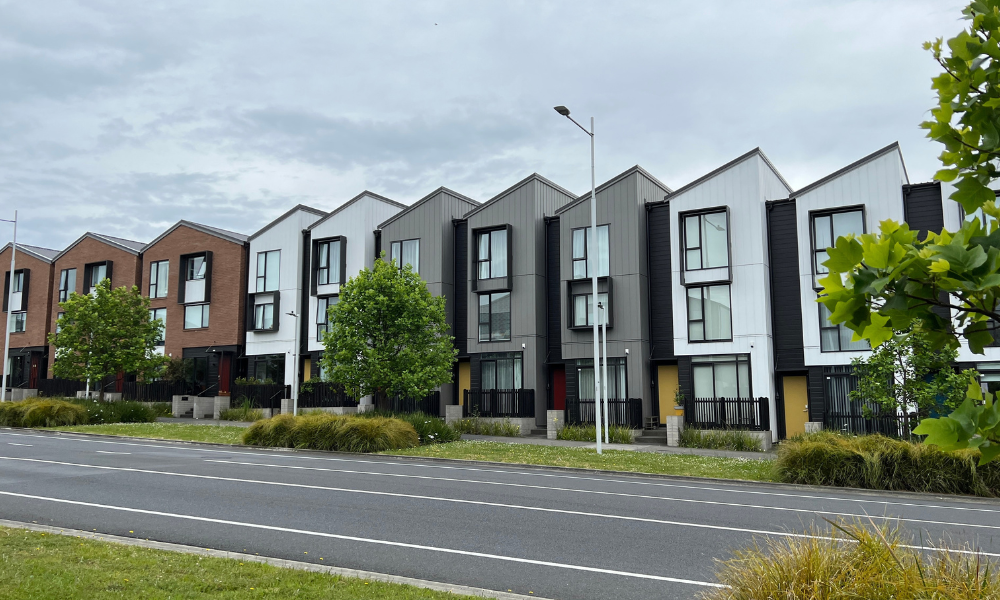Cost of constructing new homes rose 1.9% over the year, slowing from 3.3% last year

New Zealand’s economy recorded moderate growth in the March 2025 quarter, driven in part by a rebound in construction activity, Stats NZ reported. Gross domestic product (GDP) rose 0.8%, following a 0.5% increase in the December 2024 quarter. However, GDP contracted by 1.1% over the year ended March 2025, as earlier declines in mid-2024 offset recent gains.
“Despite two consecutive quarters of growth, the impact of 1 percent falls in both the June and September 2024 quarters led to the fall in the 12 months to March 2025,” said Stats NZ general manager Jason Attewell.
Construction breaks a downward trend
The construction sector posted its first quarterly increase since late 2023, rising 0.5% in the March 2025 quarter. Residential building activity led the uplift, with building work up 2.6%. The cost of constructing new homes rose 1.9% over the year, a slower pace compared with 3.3% in March 2024.
Meanwhile, building consents—an indicator of future construction—rose 3.3% in the quarter, suggesting some forward momentum. Despite the quarterly rise, the number of new dwellings consented remained lower on an annual basis.
Business sentiment from the construction sector remained subdued, however. The New Zealand Institute of Economic Research’s (NZIER) Quarterly Survey of Business Opinion found building firms to be the “least upbeat” across sectors, with only a net 3% expecting economic conditions to improve—down from 6% in the March quarter.
Mixed outlook despite easing inflation
Consumer inflation stood at 2.5% for the year to March 2025, within the Reserve Bank’s 1%–3% target. Wage growth slightly outpaced inflation at 2.9%, while average ordinary hourly earnings increased 4.5% to $42.79.
Business costs continued to rise faster than consumer prices, with input prices up 5.3% and output prices up 4.7%, adding pressure on margins.
Labour market and investment remain fragile
Unemployment held steady at 5.1%, though it remained above the 4.4% recorded a year earlier. A shift from full-time to part-time work persisted, with 45,000 fewer full-time jobs and 25,000 more part-time roles year-on-year.
While sharp interest rate cuts since mid-2024 have buoyed expectations, NZIER noted that real economic activity remains soft. NZ Herald reported that a net 12% of firms reduced staffing in the June quarter, though 4% expect to hire next quarter. Only 1% plan to cut investment in buildings, while 8% intend to boost machinery spending.
“While there is still some degree of caution among firms, there appear to be tentative signs of a pick-up in firms’ appetite to invest,” NZIER said.



